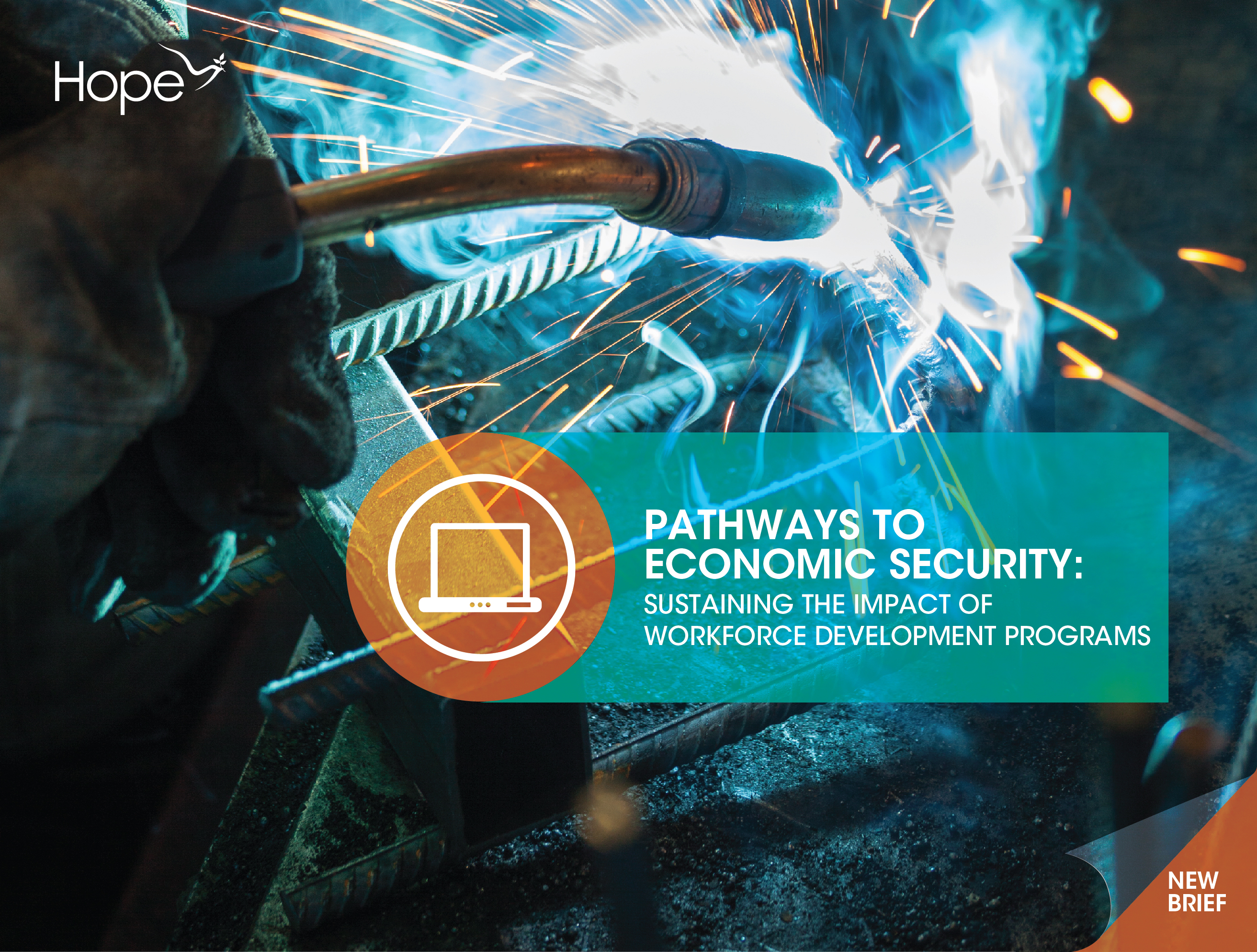Pathways to Economic Security: Sustaining the Impact of Workforce Development Programs
May 18th, 2016

The number of Mississippi-based middle-skill jobs—those that require some training or education beyond high school but not a four-year degree—has grown in recent years and continues to grow. These skilled positions offer better benefits and pay opportunities for Mississippi workers in a state where 44 percent of working families earn incomes of less than $47,100 per year for a family of four. For these families, affording even basic necessities can be a struggle, particularly for households of color and female-led households who typically earn even less.
Increasing the workforce competitiveness of Mississippi’s working poor and placing them on pathways to middle-skill employment can change families’ economic situations for the better. Yet for many, these jobs, salaries, and benefits remain out of reach due to lack of basic education and technical skills necessary to be competitive job applicants and meet employer training requirements.
Workforce development programs, like Mississippi Integrated Basic Education and Skills Training (MI-BEST), can bridge the gap. Skills training programs, like MI-BEST, provide opportunity to the working poor and serve as a bridge between potential employees and employers, providing adults with the skills and experience necessary to secure the best potential outcomes for their careers and futures.
As labor markets continue to rebound from the recession, the need for workforce training will grow as the need for middle-skill workers grows. However, matching the demand for workforce training to fill the middle-skills gap will require investments in programs like MI-BEST. Implementing and braiding funding sources to sustain workforce training will help increase quality employment opportunities for the working poor and build a strong Mississippi economy.
Read the full brief here.

